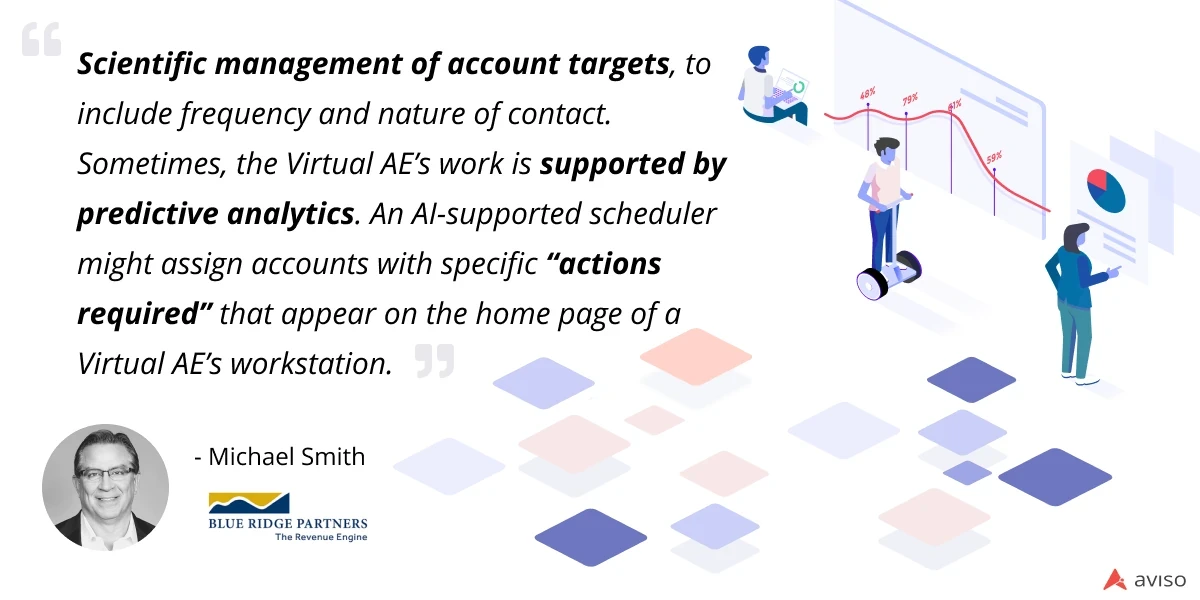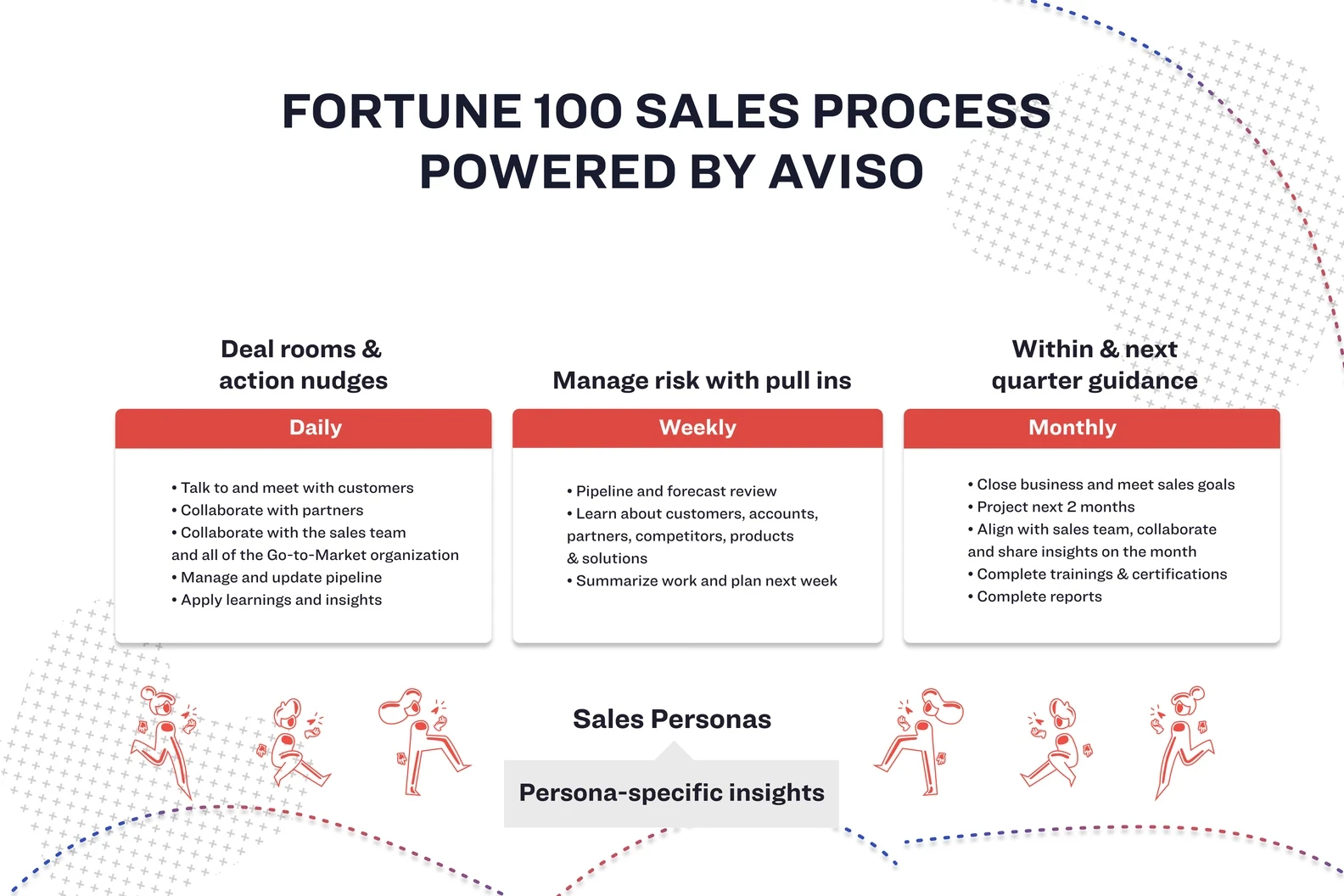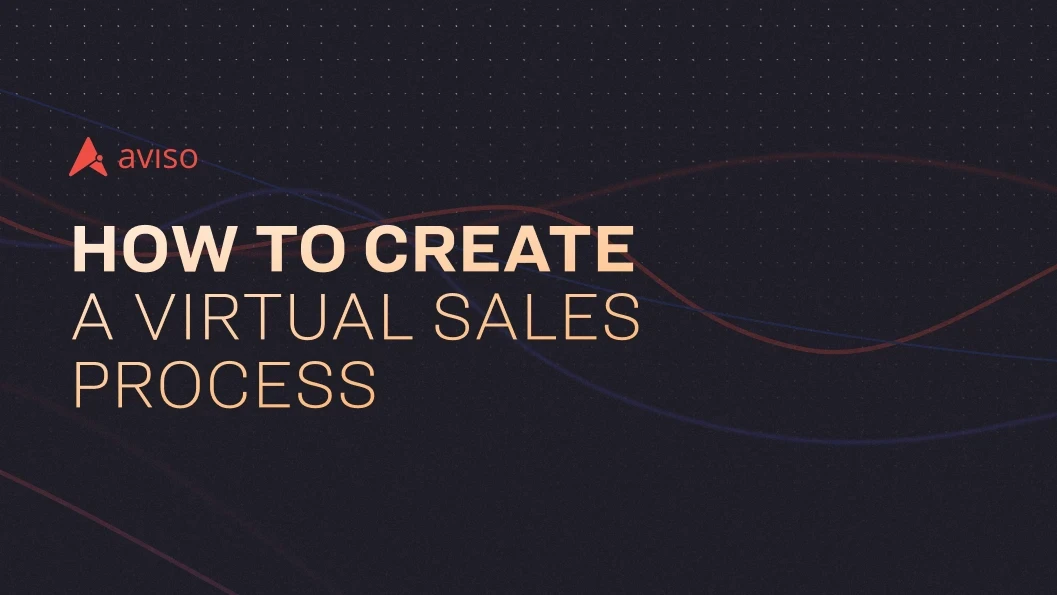The way B2B businesses have made sales and gained customers hasn’t changed much over the last several decades. However, the traditional sales process of assigning a representative to a territory, having them scour through long lists of potential opportunities, and push their product knowledge and its benefits to strangers in hopes of building a relationship that’ll lead to a lasting account is now becoming ineffective. This isn’t entirely a fault of the process itself, but more so due to the nature of today’s buyer behaviors. The buyers of today are making more virtual purchases than ever before, so a virtual sales process is key to tapping in to the massive amount of revenue generated by this generation.

Millennials are increasingly making up more of the workforce, meaning that B2B buyers are no longer old-school decision makers. We all know how today’s B2C transactions are carried out for the most part — self-research and online purchases with little to no in-person or human contact. This was the trend even before 2020, with the Covid-19 pandemic only amplifying it and prompting businesses to accelerate their digital technology adoption. As a result, millennials are transferring their B2C buyer behaviors over to their B2B buyer roles. Most want a convenient digital interaction that is quicker and easier to execute than having to invest time in potentially multiple in-person meetings with a rep on a product or service that may not even be a fit after all. In fact, Michael Smith, Senior Managing Director at Blue Ridge Ventures, states in his Executive Briefing on The Virtual Sales Role that businesses ought to consider creating Virtual Account Executive (VAE) roles in order to satisfy the preferences of the modern B2B buyer. Differing from the traditional AE expertise based on instincts and experience, the VAE will be trained in digital skills that rely on a more data-driven, objective approach with prospects. The VAE role is important to consider as Gartner reports that “60% of B2B sales organizations will transition from experience- and intuition-based selling to data-driven selling by 2025.”

Are you ready to modernize the antiquated “7-Step Sales Process” or MEDDIC method by bringing virtual attributes to it along with advanced analytics powered by AI and machine-learning? You are? Great. Let’s get into how to create an effective virtual sales process that works. To combat the time-squandering action of finding the right opportunities that often leave reps with more uncertainty and not enough understanding of best-fit prospects, AI uses machine learning models to consume massive amounts of data to then generate accurate insights on deals that reps can take direct action on. Sales leaders should employ these guided selling tools to enable their team to spend more time with prospective customers and less time navigating through the CRM. Before the week starts, sales managers receive a weekly briefing generated by AI with the most up-to-date info on deals, a forecast on which deals should be closed by week-end, and the status of each rep in their quota cycle. These briefings show the managers and reps which opportunities should be prioritized in order to reach quota goals. In the beginning of the week, managers can hop on a forecast call with executive leadership and sales operations to ensure the forecast is where it needs to be and allocate any resources that may be needed. Managers can then view a dashboard of the status of all deals and review specific deals with reps to create a game plan for a successful close. By mid-week, reps will receive timely “nudges” from AI with guided actions relevant to achieving their goals. These nudges provide deal-specific insights and recommendations that reps can act on to turn the opportunity into an account. Finally, by the end of the week, sales managers can get an overview of which deals their team most engaged with to see how strong the relationship is with a certain opportunity. Managers can then utilize AI’s sales coaching recommendations that are based on a rep’s behavior, past sales calls or meetings, and historical deal patterns to see what needs to be done or changed in order to reach quota goals.

As you can see, this data-driven approach leads to more time spent on the right opportunities, better rep-specific coaching tips, a more accurate and reliable sales forecast, and a fluid collaboration between revenue teams to grow revenue faster and smarter. An AI-powered virtual sales process eliminates many challenges faced by sales professionals by doing a lot of the dirty work for them. No more tedious data entry, sifting through endless lists of contacts trying to find a match, or wasting time building fickle forecasts. However, it’s important to consider the rising IT costs associated with the rapid adoption of digital business technologies. To keep costs low, get the best of CRM tools such as Salesforce, SAP, Oracle, and collaborative tools such as Slack, Zoom, and Gong, all combined into one revenue intelligence platform with Aviso AI. Visit our Platform page to learn more.







